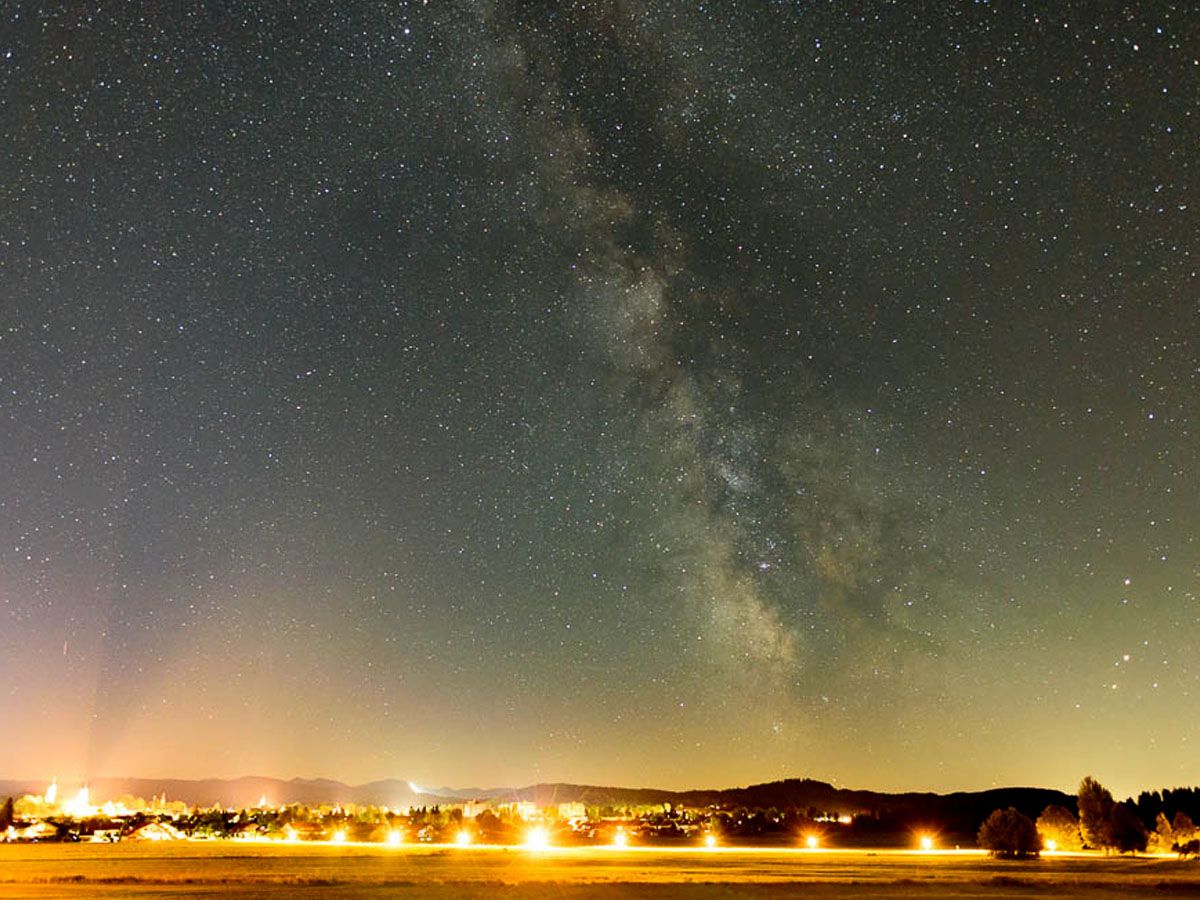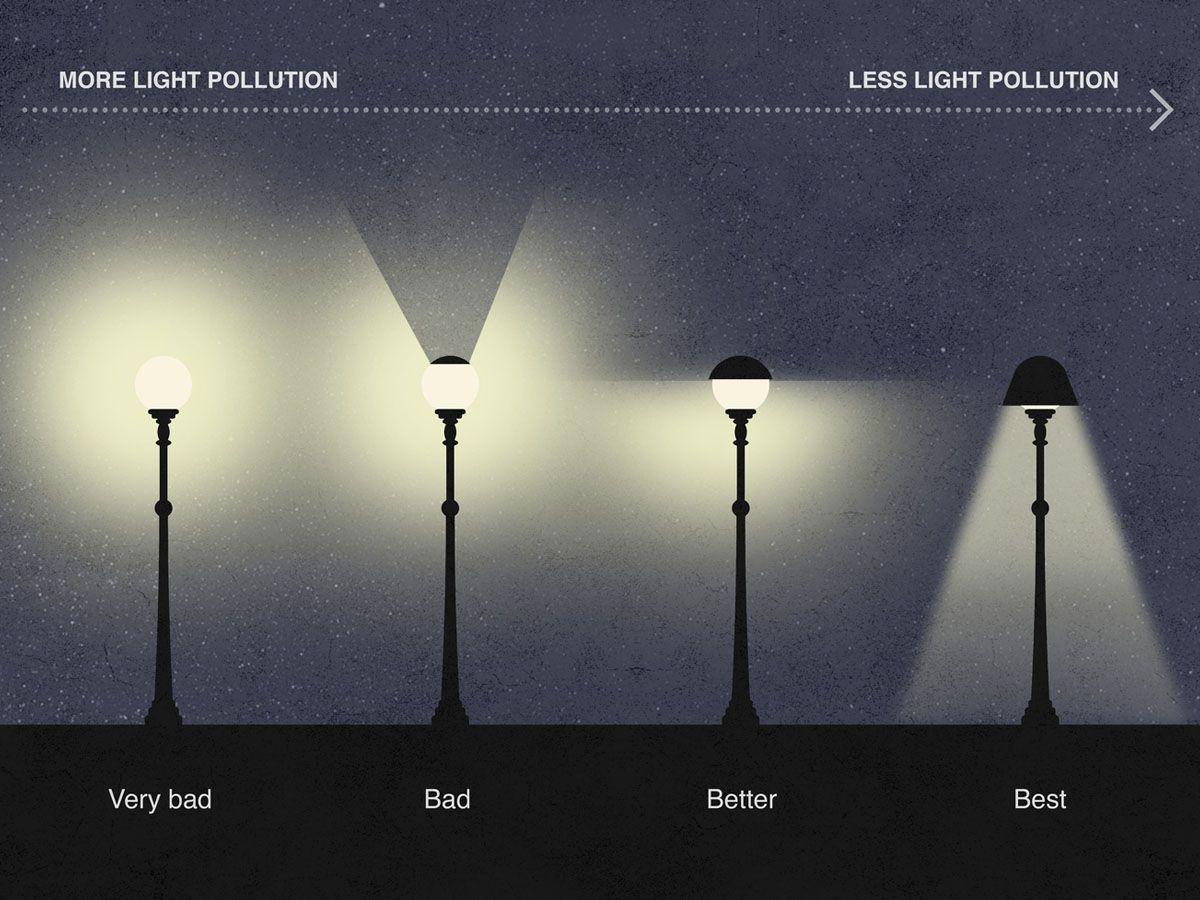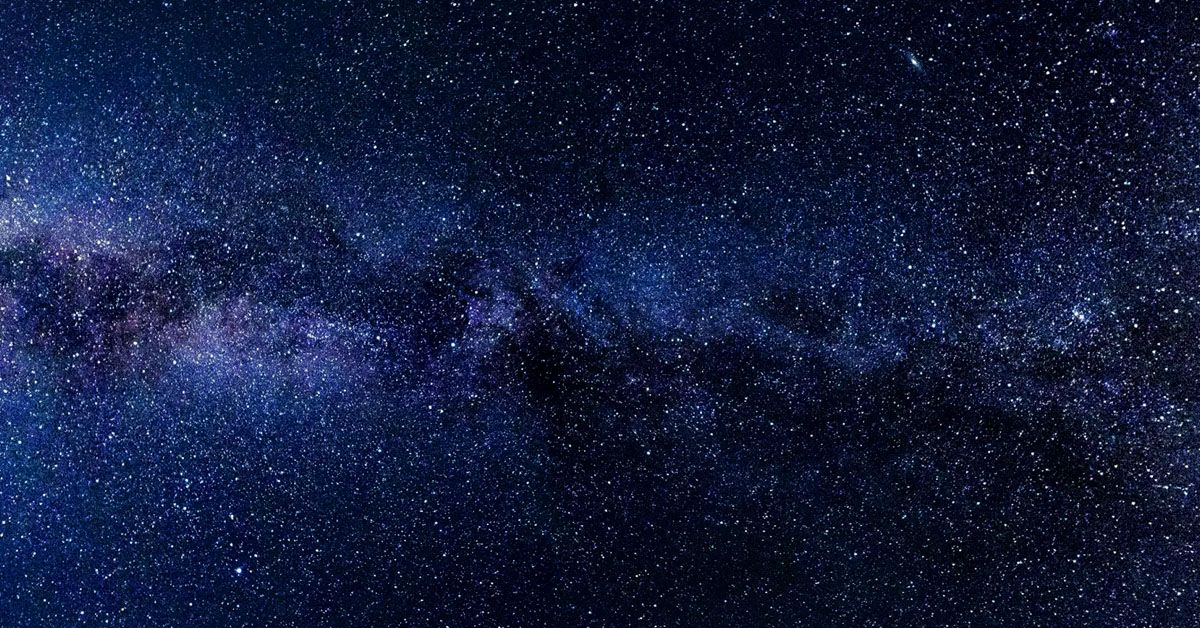In the glowing spectacle of our fast-paced, modern world, we seem to be losing touch with a timeless wonder, our starlit night sky. This gradual disappearance of celestial bodies isn't due to some cosmic catastrophe, but a human-made phenomenon right here on Earth, light pollution.
Imagine a future where constellations are only fables, stories of a twinkling canvas once visible to our ancestors. As cities blaze brighter with the advent of LED lights and intensified nighttime lighting, our connection with the cosmic abyss fades.
The Fading Celestial Canopy
Could you imagine looking up to a starless night? As disheartening as it may sound, this could be our future. Within two decades, our ever-glowing cities may render the celestial bodies invisible, shrouding the once glorious Milky Way.
The brilliance of starlight is gradually extinguished by the spread of artificial illumination, turning our night skies from black to a dull, drab gray. The vast starry expanse we've marveled at for millennia is fading into obscurity.

But what's causing our nights to lose their celestial luster? A cocktail of culprits is brightening our skies at an alarming pace. It's not just your porch light. It's the city-wide street lights, the vibrant advertisements, and the dazzling sports venues that contribute to this glow. A startling fact is that as of 2016, a third of humanity no longer beholds the Milky Way, a testament to the dire state of light pollution.
Star formations that once guided sailors, intrigued astronomers, and inspired storytellers are facing an existential threat. If we continue at this pace, children born twenty years from now may not recognize major constellations, let alone the subtler ones. This loss of celestial heritage could rob future generations of the awe and wonder that the night sky has always sparked in us.
The Silent Effects of Light Pollution
The consequences of our light-soaked nights extend beyond astronomical observations, pervading the realm of ecology. Imagine sea turtles hatching and mistakenly wandering inland, lured by artificial lights instead of the natural beacon of moonlit waves.
Visualize migrating birds veering off course, disoriented by the urban luminescence. Consider insects spiraling toward streetlights, leading to their untimely demise, and disrupting our ecosystems subtly yet profoundly.

Surprisingly, the stars aren't the only victims of this radiance rampage. Human health is at stake too. LEDs emit a bluish light devoid of red and near-infrared wavelengths, which are crucial to our well-being.
Research has linked this imbalance to health complications like obesity and diabetes. To tackle this, scientists are now considering installing additional infrared lamps in hospitals to study their impact on patient recovery times.
The Call for Dark Skies
In response to this unfolding crisis, the all-party parliamentary group for dark skies, spearheaded by the astronomer royal Martin Rees, advocates countermeasures to curb light pollution.
They recommend the appointment of a minister for dark skies, the creation of a commission for dark skies, and strict norms for lighting density and direction. It's a fight to reclaim our celestial heritage, to pass on the starlit skies to the next generations.

Think about this: a child born today, in an area where 250 stars are visible at night, may only be able to spot about a hundred stars upon reaching adulthood. This paints a grim picture of the rate at which we lose access to the celestial canopy.
The Battle Against Light Pollution
Overcoming light pollution is no small feat. It requires a sweeping change in our use of LEDs and a serious overhaul of lighting practices. The challenge is immense, but the urgency cannot be understated. It's essential not only for the sake of our stargazing pursuits but also for the well-being of our ecosystems and our own health.
Yet, as we strive for darker nights, we must also consider the potential implications. Does a darker night provide a cover for criminal activities? Could it lead to hazardous situations?
It's a fine balance we must strike, a delicate dance between the need for illumination and the preservation of our dark skies. But with careful planning and thoughtful policies, we can ensure safety while also protecting our celestial heritage.
Sources: nypost.com / theguardian.com












